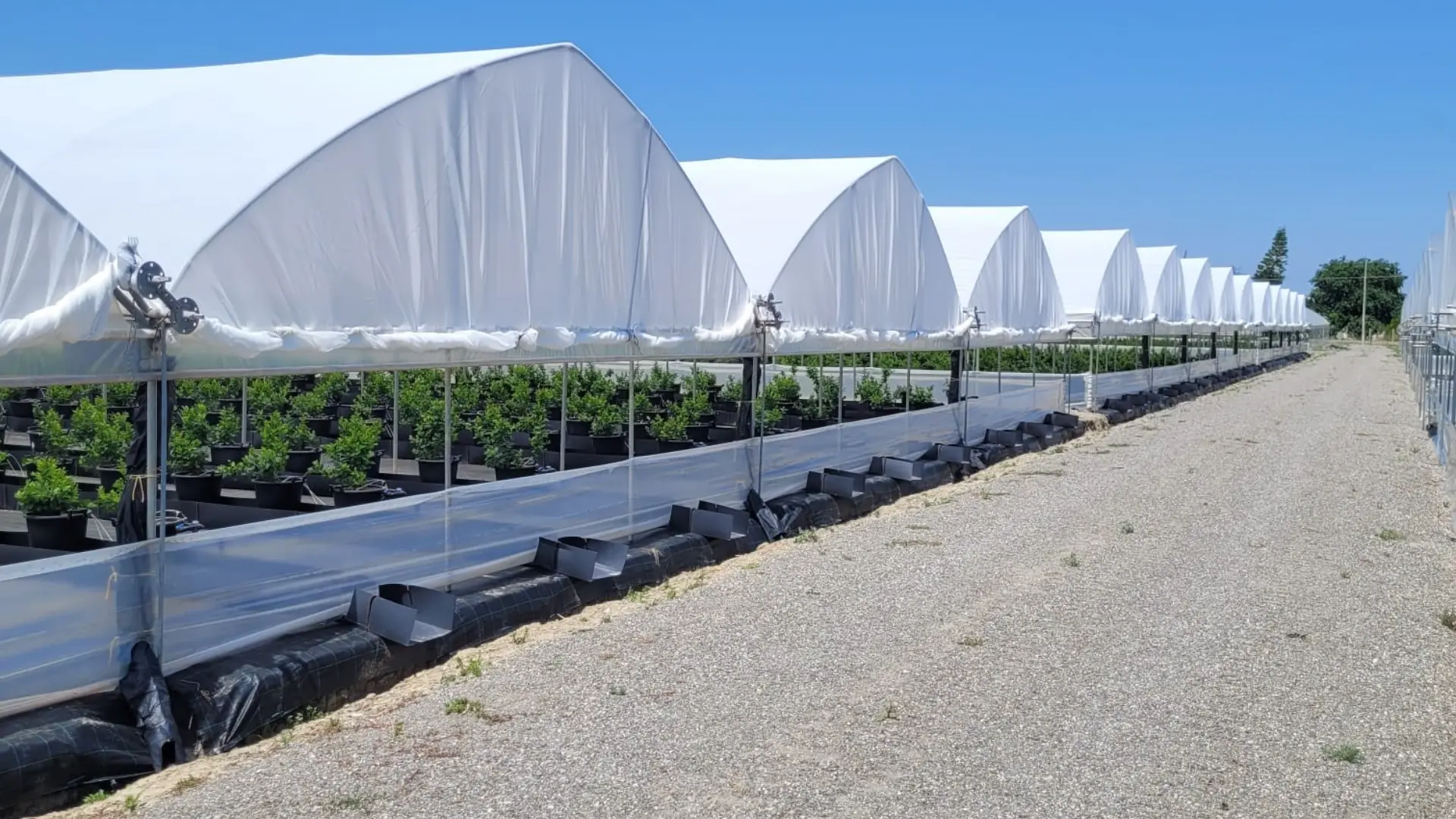blueberries are valued for their flavor, versatility, and health benefits; their consumption has expanded beyond the fresh form from puree to powder. Growing consumer demand has led to a dramatic increase in global production and trade.


PERU
In this season's campaign, which ran from May to October, Peru shipped 153,228,933 kilos of fresh blueberries worth $843,725,006, or 31 percent more volume than in the same period of the previous 2021/2022 campaign, said Cilloniz Benavides, president of Inform@cción. The blueberries now represents a $1 billion a year business in Peru.

According to the IBO State of the Sector 2022 Report, the country has experienced a 16-fold growth in blueberries exports in less than a decade,from 12,951 metric tons (MT) exported at the end of the 2015-16 campaign to an estimated 219,982 MT exported in the recent 2021-22 season. In the recent campaign, Peru shipped blueberries to 31 countries around the world, with the United States, Europe, China, and the United Kingdom as the main destinations.





The total production of blueberries constituted about 55% of the total production of blueberries in South America in the 2021/2022 season. The most significant region in exports of this crop was La Libertad with 54.11% representation, followed by Lambayeque with 21.16% representation and Lima with 7.98% of the total. For the 2022-2023 season, Daniel Bustamante, president of Proarándanos, forecasts a 15 percent growth in the volume of blueberries exports for the 2022-2023 season compared to the previous season, with shipments expected to culminate in 276,000 tons.
CHILE
According to the Chilean Committee for blueberries, 98,228 tons of fresh blueberries are expected from Chile for the 2022-2023 season. The projection was made as part of the "Blueberry" block made at Fruitrade 2022. Peak arrivals to the U.S. market are expected around the last week of December and the first week of January.

Earlier this year, Chilean exporters of fresh blueberries reached an agreement to implement a chartering service for the U.S. market called "Blueberry Express." The service involves chartering ships under which a percentage of the cargo will be transported in refrigerated warehouses that will ensure that the cold chain is maintained. In addition, services at the destination port would ensure quick delivery to customers, optimizing the arrival of the fruit to the consumer. Estimated volumes for the 2022-23 season are down 8 percent from last season, when exports reached 107,187 tons. The main reason for the decline in volumes is the industry's strict focus on supplying only blueberries of superior quality to export markets.
MEXICO
For the 2021/2022 season, Mexico has 9,000ha of blueberries production and the main producing regions are: Jalisco (3,200ha), Michoacán (3,000ha), and Sinaloa (2,000ha), with the latter region experiencing the greatest growth in recent years. Although Jalisco and Michoacán have almost the same area under cultivation, yields are higher in Jalisco due to the use of technology, making Jalisco the leading state in terms of volume in the country, with about 50 percent of production. About 95 percent of production is exported, with nearly 68,300 metric tons (MT), generating $589 million in foreign exchange for the country, with Mexico's blueberries sold to more than 35 countries and four continents.





Prices of blueberries, especially in the fall and early winter season, have declined year after year due to abundant supply from Peru and other countries. These volumes have led to imbalances in the supply and demand market. In October, prices fell below $5 per kilogram. The current price is mainly driven by Chilean supply, as the flow of blueberries from Peru has dried up.
Source: Agronometrics









